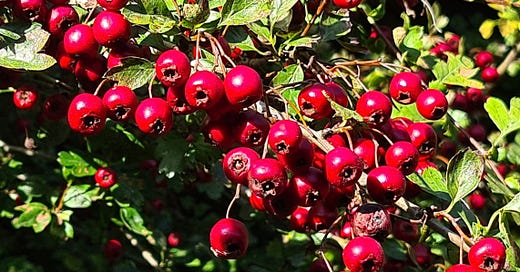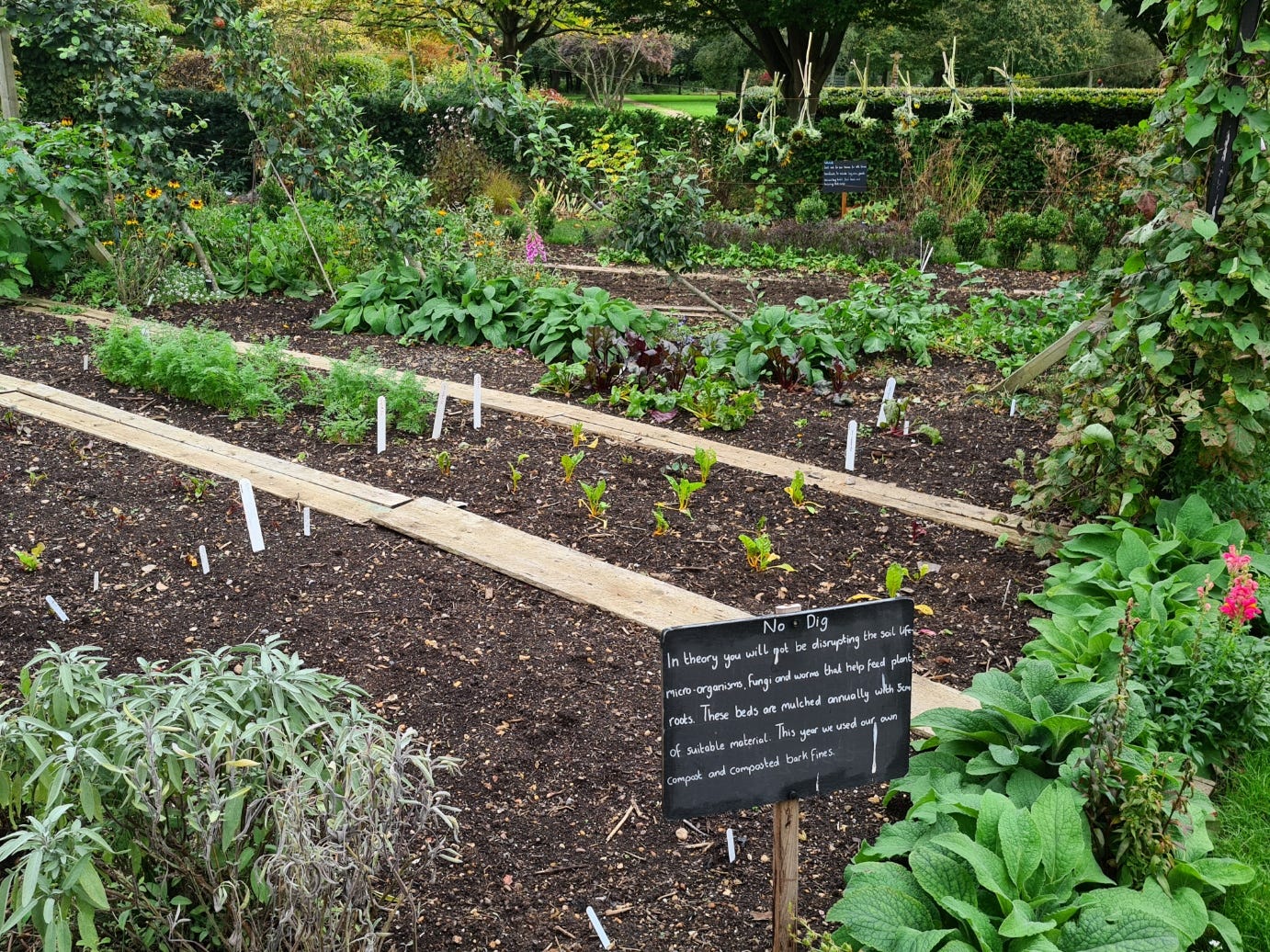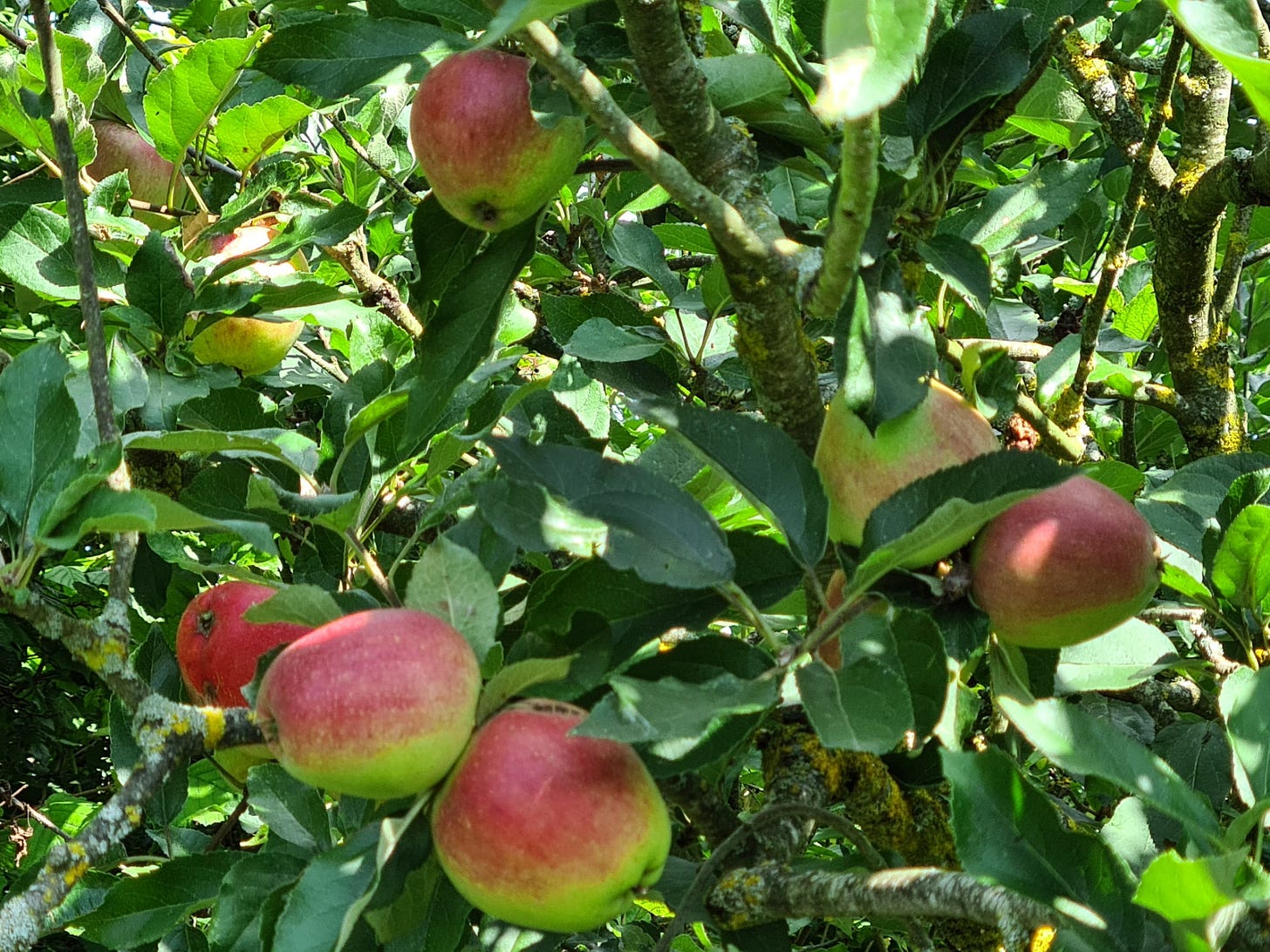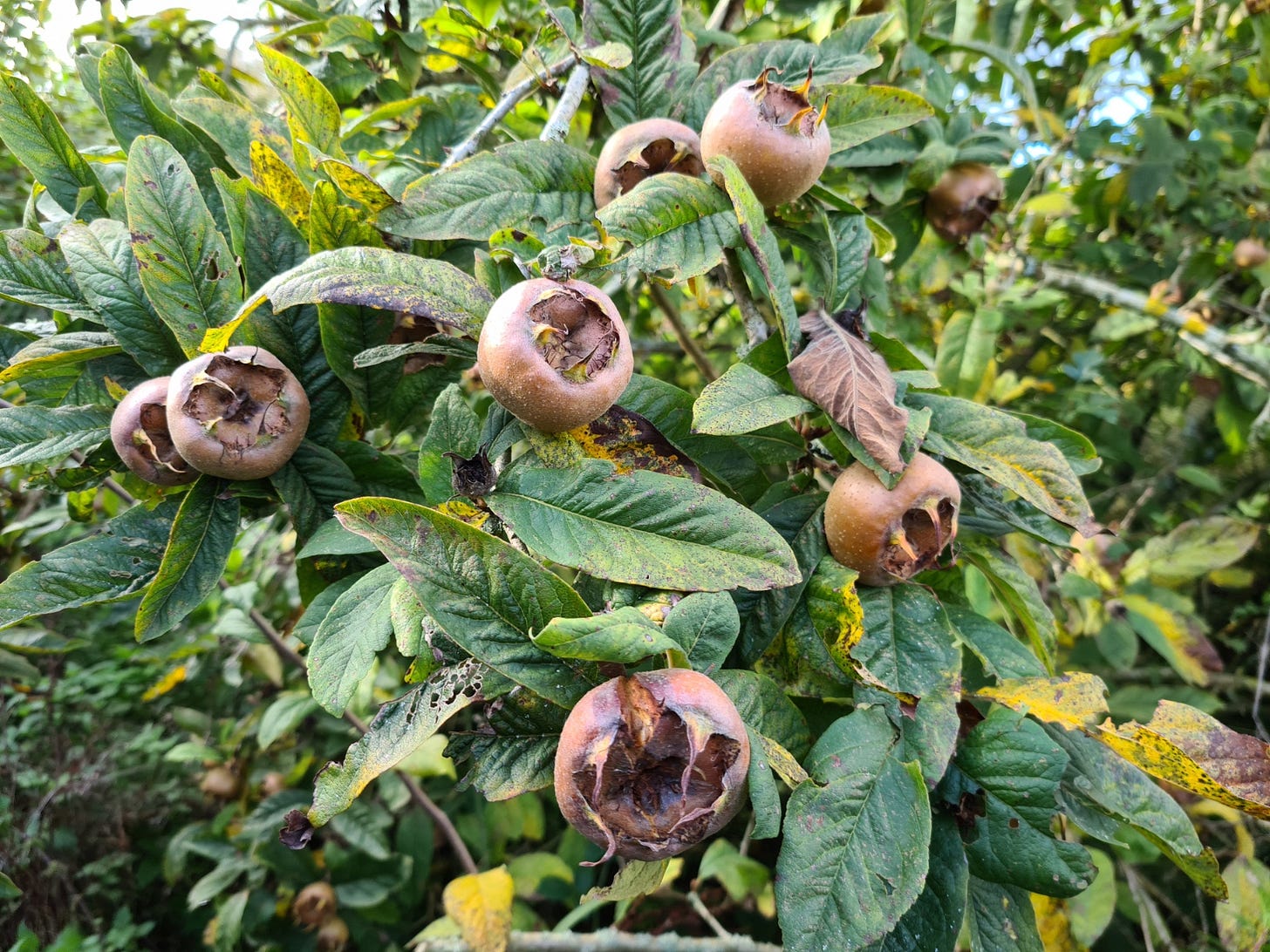Hello! How’s your week shaping up? I hope you are still managing to get outside in between the showers (well, frankly torrential downpours in some cases: I hope you’ve all managed to escape the floodwaters).
The year is definitely slowing down to a more sedate pace now – we’re getting to that time when you do things and they stay done. But I am still working my way down a pretty hefty to-do list that only really eases up as the winter proper begins.
Right now, I am feeling like I’ve bunked off for the day: I am just back from an amazing visit to Ryton Organic Gardens near Coventry (for those of you not in the UK – that’s more or less in the middle and down a bit, just to the south of Birmingham).
It’s home to Garden Organic, and – the reason for my visit – the Heritage Seed Library. A visit has been on my bucket list for years, and since right now I am squirrelling away as much seed for next season as I can, it was a particularly interesting time to take a look around. I will be sharing the tips I picked up with you this week – and there is a podcast, of sorts, the first of what I hope will become an occasional new thing here on Greenery.
I’ve also had some really exciting news: RHS Can I Grow Potatoes in Pots? is up for an award. This is the rather lovely little jewellery box of a book I wrote for the RHS Q&A series – the idea is that each page begins with a question, and then I take it and run with it, often heading down all sorts of funny little rabbit holes along the way. In this case, the book is all about kitchen gardening, but using sustainable, green methods so you garden with a light touch and leave no trace.
It is immensely flattering to be one of five authors shortlisted for the Peter Seabrook Practical Book of the Year (the others are Sarah Raven, Rekha Mistry, Chris Baines and Emma Crawforth – I am in awe). Even better, I get to go to a very swanky awards ceremony in the ballroom at The Savoy, on the Strand in London. To be honest, I feel like I’ve won already. The ceremony is on 17 November: I will keep you posted.
So what’s been happening in the garden?
Fruit, that’s what – and lots of it! I have eaten most of the fruit as it’s ripened – actually gorged would probably be a better word. Is there anything which makes you feel more indulged than a fruit garden? You can pick as much as you would ever want, whenever you want it: strawberries, raspberries, blackcurrants, plums, and apples – so many apples.
The most productive (because oldest) apple tree in the garden is the Devonshire Quarrenden which I inherited when I moved here nearly 14 years ago. It is a lovely heritage apple which tastes faintly of strawberries – fragrant and sweet. The only problem (apart from the fact that is growing, incongruously, in the middle of my vegetable patch so tends to throw windfalls into the potato bed) is that it is a very early apple, ripening in August most years. Early apples don’t store well, so you have to eat an entire tree of apples within a month – quite some feat, even with friends and family to help – or find an apple press about a month before people are starting to rent them out, and juice the lot.
So when I planted my mini-orchard in among the wildflowers in my rewilded strip I decided I would major on apples which could be stored. As a result I have a fine Egremont’s Russet, a James Grieve – dual purpose eating and cooking, and a lovely sweet-yet-tart flavour, and a wonderful cooking apple called Warner’s King.
This last I bought after taking fruit from my mother’s spectacularly prolific (but unidentified) apple tree along to an Apple Day held at a local National Trust property one autumn. The lady gave it a name so I planted my own: I knew it to be a very heavy cropper with super-large apples and so it has turned out. My tree (like the other two) is just three years old now but weighed down with massive apples, all beautifully flavoured and crisp too.
Late maturing apples store best – sometimes well into spring if you haven’t eaten them all by then. I make concertinas out of newspaper, which you then open up into alternate pockets: this keeps each individual apple separate from its neighbour, so preventing them infecting each other with rot in storage.
I’ve also been harvesting my annual crop of medlars. This ancient fruit is a bit fiddly to deal with but my tree is so good, and the fruit getting so large (I planted this almost as soon as we got here, so it’s now over a decade old and the fruits have been getting bigger every year – now the size of pingpong balls) that I am feeling a bout of medlar jelly coming on. First, though, bletting: the process by which you set aside your fruits on trays to soften (in truth, they start to rot) – this turns them sweet and delicious, like custard. You can then process them as you will: at its simplest, you just cut them in two and eat the flesh with a teaspoon, but there are lots of recipes I want to try too. I will bring you updates.
Any favourite medlar recipes - along with news of what’s happening in your gardens - gratefully received. Happy gardening!








Congratulations on the shortlisting! Brilliantly done. And I miss the Devonshire Quarrenden we had at the farm - such a great apple